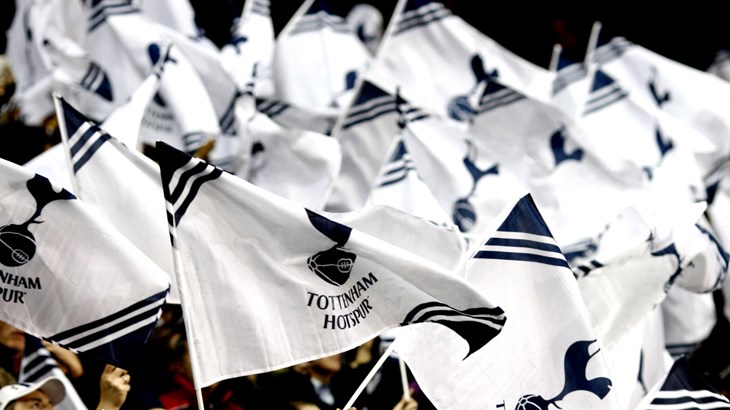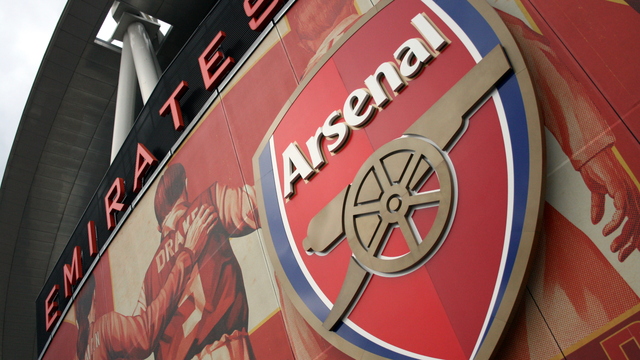The financial benefits of football nostalgia: football programmes
As far as the collecting craze goes, football memorabilia has always been a popular pastime for many sports fans — however, but not everyone realises the financial value of what may be lying around their lofts.
So, what can historic sales tell us about which editions are the ones to look out for? Here, we’ll explore the most highly prized programmes in history and offer you advice on how you can get started collecting rare footie programmes today…
The inception of the match programme
The origins of the football programme run alongside the launch of the Football League in 1888. Unlike today, the aim of a programme was to keep score and it was made up of a single sheet detailing the teams and match date.
Still very much running today, the ‘Villa News and Record’ for Aston Villa was one of the first programmes to be published. Soon after, the football programme took on a weightier format of between four and eight pages, while the covers became more attention-grabbing and attractive. During and after World War II, a paper shortage cut the number of programmes that clubs could produce — making any that were released very collectible today.
The following decades saw many changes occur to football programmes, they grew from pocket-size to A4, with some clubs preferring the smaller option and others opting for the larger format. From a single sheet of basic info, the availability of saddle-stitch book printing and a growth in popularity turned football programmes into thick, glossy books crammed with trivia, statistics and high-resolution photos that fans loved to buy before every match.
Today, the modern football programme still does what it originally set out to do by giving spectators key details of players on each team. Although today, the programme can also act as a mouthpiece for the club in question, allowing managers and players to speak to fans via interviews and club statements.
How much do football programmes sell for?
There has been plenty of instances where a collector has forked out a sum of cash for a rare football programme. In 2012, a family from Ipswich managed to make around £46,000 by auctioning off a set of football programmes they stumbled across in their house, which goes to show how easy it is to not realise the treasure you have sitting around your home.
A few years ago, Sotheby’s New Bond Street auctioned off the oldest-known programme from an FA Cup final — Old Etonians vs Blackburn Rovers in 1882 — for £30,000, while a single-sheet programme from the 1909 FA Cup final between Manchester United and Bristol City went for £23,500 in 2012.

The highest sold football programmes
Football programmes are as part of a matchday as the brew at halftime is — but how collectible are they and which should you search for if you want to bag a truly special edition?
If you’re looking for a diamond, try finding the first Wembley final programme from 1923, which details the match between Bolton and West Ham United and is worth around £1,000. Alternatively, there’s the programme from the one and only time a non-English club lifted the FA Cup — Cardiff City vs Arsenal in 1927 — which ended with a score of 1-0 and has a value of about £2,500!
You may remember a day in 1966 when England lifted the World Cup against West Germany, the programme on that day will, of course, be potentially one of the most highly prized programmes in the sport. But be warned; there were three reprints of the original, so tracking down a bona fide version is tough. If you want to be sure you’re buying an original, check the weight and colouring — the reprints are more lightweight, while the front cover of the original is a deep, royal blue. Different paper types are also used for the team pages in the original, but not in the reprinted versions.
The 1958 Munich air disaster (Manchester United vs Wolverhampton Wanderers) football programme is another print of high worth, which can go at auction for around £10,000, or the programme for the first match following the tragedy — the 19th of February 1958’s game between Manchester United and Sheffield Wednesday. In this programme, the club showed respect to those involved in the disaster by leaving the team page blank.
Things to look out for when collecting
When starting out with your collecting hobby, keep the following four key features in mind to make sure you’re getting a good deal:
- Age — anything over half a century is most collectible.
- Rarity — if there are many available, this will bring the value down.
- Popularity — iconic players or matches on the cover will increase the value significantly.
- Condition — creases, missing staples and water damage all harm the programme’s price, so ask for a photo before you pay.
As you can see by the examples above, any programme from an FA Cup final match holds value, as does any booklet that was perhaps the first or final edition of a player’s/manager’s career (i.e. the last game David Beckham played for Manchester United).
Naturally, bigger clubs will potentially wield a higher financial value than smaller based clubs — although, programmes from your team’s past will be more personally valuable to you. Sides such as Manchester United, Chelsea, Liverpool, Spurs, West Ham, and Arsenal are all highly sought after and are worth keeping an eye out for if you want a particularly valuable item.


